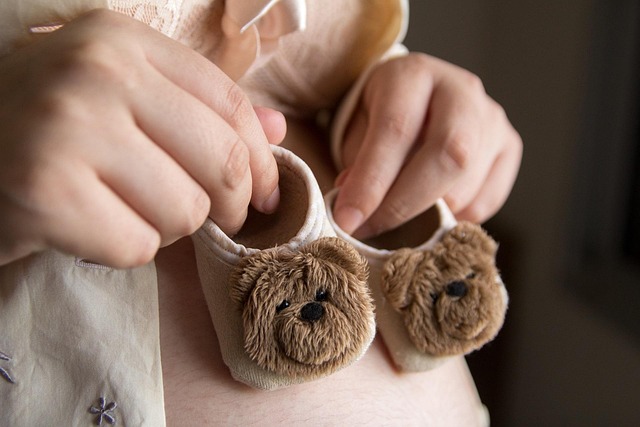It’s truly heartwarming to witness the innocent enthusiasm of my young boys. Their affection for me is palpable; they tackle-hug me without warning and shower me with kisses. Their playful antics, including shaking their little bottoms and finding humor in their nakedness, remind me of the pure joy of childhood. But as a mother of sons, I recognize the importance of guiding them as they grow. If left unchecked, the exuberance they display could morph into problematic behaviors that undermine respect and consent.
Consider this: what begins as an innocent hug can evolve into something more troubling. Unrestrained tackle-hugging could someday translate into a young man pinning an unwilling partner against a wall, kissing her despite her discomfort. “Whoa, buddy! I wasn’t prepared for that, and you’re being a bit rough. Next time, can you ask if I’m okay with a hug?” I remind my son. He steps back with a smile, asking if he can give me a hug. “Absolutely! I cherish all the hugs you have to offer!”
Recently, a mother shared her perspective in a prominent New York Times article, expressing her disbelief over the need to educate sons about consent. Her own son faced expulsion from college due to allegations of sexual assault, and she claimed that the experiences of women today were viewed very differently in her youth. “What these girls are going through was never viewed as assault,” she said, suggesting that it was often dismissed as embarrassment.
As a mother of sons, my fear isn’t that they might be falsely accused. Rather, it’s the thought that my indulgence in their playful affection and lack of physical boundaries may inadvertently contribute to someone being dehumanized. For instance, one version of a narrative might suggest that a girl “let” a boy get close to her, whereas the reality often is that the boy pursued her relentlessly, disregarding her discomfort. Which version do you think he would share with his mother?
At a recent birthday party, I noticed a concerning interaction. A girl expressed her discomfort with a goodbye hug from my son, but her mother encouraged her to comply. I seized the opportunity to teach my son about consent: “It’s crucial to ask before hugging friends. Not everyone appreciates hugs.” I turned to the girl, “It’s perfectly fine to decline a hug.” Her mother nodded in agreement, but I sensed the girl felt pressured to conform. I worry that such situations might lead her to feel obligated to accept affection, even when she doesn’t want it.
Julia Roberts once articulated a common concern during an NPR interview about the safety of daughters in light of escalating reports of sexual misconduct. However, focusing solely on protecting our daughters means we overlook the necessary conversations we must have with our sons regarding their roles in these dynamics. The notion that boys are innocent and untainted is misleading. They, too, need to learn about boundaries, respect, and the consequences of their actions.
As parents, we have a responsibility to ensure our boys understand that real strength lies not in dominance but in empathy, vulnerability, and respect for others’ experiences. It’s essential to shift the narrative from solely protecting girls to educating boys about consent and accountability.
At another birthday gathering, my son enthusiastically declared, “If you want a hug, raise your hand!” Two friends eagerly obliged, embracing in a joyful group hug. I felt a sense of pride watching my son foster an environment of consent and kindness.
In conclusion, as a mother of sons, I strive to instill in them the values of respect, understanding, and empathy. Our role as parents extends beyond mere protection; it is about cultivating a generation that values consent and recognizes the significance of boundaries. To explore more on topics of parenthood and family dynamics, check out this resource which provides valuable insights. For excellent information on pregnancy and home insemination, visit this CDC page.
